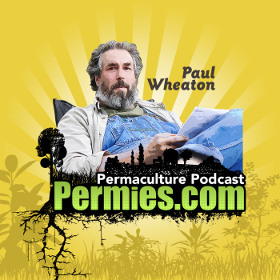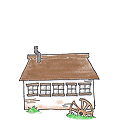
 4
4









 1
1




This is all just my opinion based on a flawed memory

 3
3




Ben Zumeta wrote:Regarding how Paul and Allen would manage 1million acres of western Oregon timber land, points about Northwest coniferous forest ecology and hydrology were at times quite inaccurate by my understanding of the current science (they did only have 30min prep), but many of the points in this podcast were great. I have always particularly liked Paul's main idea of moving many permies onto the land so it has more stewards/acre. Done well, this infusion of beneficial keystone species (permies) would be a vast improvement compared to the ridiculously low current # of Forest Service employees/acre. Being so stretched thin is what seems to prompt many unsustainable and ecologically destructive practices like herbicide spraying, monoculture, and poor fire management. I would bet this is similar on private forest lands, but should admit I know a lot less about current private practices (often kept private as proprietary) than those used in public land management.
I think it is important to note how I should grant Allen and Paul the benefit of the doubt and assume they are talking about plots with little to no old-growth left, and that they would preserve any truly ancient forests and the endemic soil species (often endemics are found in each old growth tree), unmatched carbon sequestration, water retention, fire resistance, and sanctuary they provide.
Executive Director and Lead Instructor, Institute of Integrated Regenerative Design




Aim High. Fail Small.
Repeat.




Community Building 2.0: ask me about drL, the rotational-mob-grazing format for human interactions.









Community Building 2.0: ask me about drL, the rotational-mob-grazing format for human interactions.









Joshua Myrvaagnes wrote:Without going into the politics, the tribe lost the land and 65 years later we have terrible forest fires in that general area. That's the immediately relevant context. The book doesn't discuss their forestry practices or whether they were still allowed to do them before 1954 or where they were clumped or distributed throughout the area before or after European government.
Community Building 2.0: ask me about drL, the rotational-mob-grazing format for human interactions.

|
If you like strawberry rhubarb pie, try blueberry rhubarb (bluebarb) pie. And try this tiny ad:
FREE Perma Veggies Book! - Learn how to grow the most delicious and nutritious food with the least amount of work.
https://permies.com/t/238620/perennial-vegetables/FREE-Perma-Veggies-Book
|









